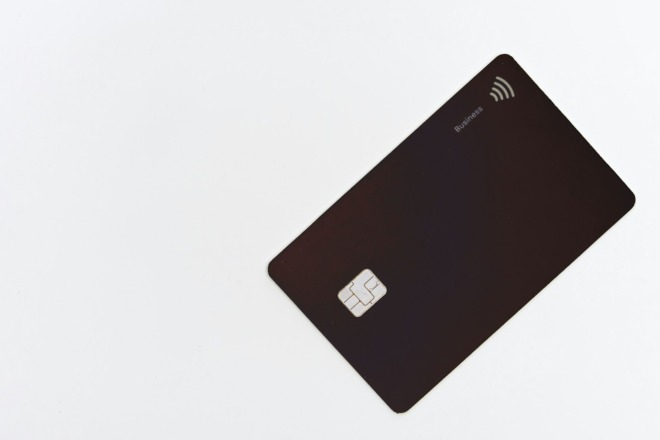If you haven’t yet studied the different types of prototyping, and you’re in a business where you use prototypes, you may be missing out on some valuable tools for your work. Figuring out which types of prototyping work best for each project requires understanding the various methods and knowing when to use them.
The path from an idea to a working product isn’t always straight. Prototyping saves money and effort by creating a working model. This allows the designer to see what changes need to be made. Making changes early in the design process is less expensive than making changes after a product goes into production.
There are many different types of prototyping, so we’ve looked at the various methods and found the top eight which cover most industries and allow you to get a model of your merchandise or digital product ready rapidly. You’ll find details about each and the best ways to utilize them below.
1. Sketches and Diagrams
One of the most basic types of prototyping available is the old-fashioned hand drawing. Sketch out your ideas and run the resulting model through the filter of what works and doesn’t work with the laws of nature. Mind maps allow you to illustrate a process and develop building blocks for your concept. Another way sketches, mind maps and diagrams work well for product development is through looking at the steps of the buyer’s journey. When the buyer purchases the product, is it immediately obvious how to use the product? If the product is complicated, how can you provide clear directions?
Sketches work for both products and digital goods such as apps, websites and software. For digital products, sketch out the user journey, diagramming the path the buyer takes.
2. Three-Dimensional Printing
Basic 3D printers are now available for as little as $300, making them an option for many small businesses. The only drawback with the cheaper printers is they take longer to print the model. However, owning your own printer means you can print as many prototypes as needed. Then you can make minor or major changes along the way.
Also called rapid prototype, a computer-aided design (CAD) allows you to produce a quick model of your product for testing, check aesthetics and make sure changes to the design work from a physics standpoint. Large companies such as Ford Motor Company use 3D printing to perfect parts for their engines and other elements of their automobiles.
3. Lego Prototype
If you’re on a tight budget, you may not have the funds to invest in a 3D printer. Therefore, a less expensive option for startups is using Legos for prototyping. Building a solid model allows you to understand the scope and size of the finished product. This helps you in development because the weight and size of a product impact everything from ease of use to shipping costs. Lego prototyping works best for items with simple shapes.
4. Wireframing
Wireframing works well for apps and website designs. Essentially, you create a backend structure for your design. You make sure all the elements work correctly before taking it live. Some wireframing platforms allow you to create a design and then gather input from different players in the creation process, such as the client, other designers and IT.
Wireframing gives you a visual and working model of the buyer’s journey. Typically, it would not have images, but boxes where different elements appear on the page. The focus for wireframing isn’t on the overall look of the design. It’s about the user interface (UI) and user experience (UX) of the design.
5. Role-Playing
Another interesting way of utilizing current technology to test your product design is through role-playing using virtual reality or augmented reality. With role-playing, you take your model, which you create using one of the other types of prototyping, and test it in a real-world scenario. Or, you can use a completely digital environment with VR to test how the product works in different scenarios.
Imagine a product meant to help firefighters breathe while in a smoke-filled building. You could test it through a simulation, seeing how it feels strapped on. Is it too heavy? Does it make it hard to see? Gathering facts about the item while in use allows designers to make adjustments to the finished product efficiently.
6. Feasibility Prototypes
There are times when you’re creating a new design that you’ll suddenly have an idea about a feature for the finished product. However, sometimes it’s hard to know how feasible the add-on is and if it will work the way you want. Creating a feasibility prototype allows you to test a specific element and see how it functions with the rest of the design. You may have multiple feasibility models, which you use to test different features.
Feasibility prototypes work with both physical and digital goods, although the testing is a bit different for each. With a physical product, you’ll have a concrete model. With a digital good, you’ll test functions via a wireframe or the backend of a design before taking the changes live.
7. Working Model
Toward the end of the design process, you’ll need a working model to make sure the final materials and manufacturing work the way you’d like them to. Ask the manufacturer to give you a proof of the finished product from the molds created based on your final designs. A working model needs to be tested thoroughly, so you may want more than one copy. Put your prototype through rigorous tests. If the typical user will use it twice a day, test it for use 10 times a day and see if it breaks. Keep the quality as high as possible within the budget you have, and you’ll improve your company’s reputation.
8. Video Prototype
In the early days of DropBox, they released videos which showed what DropBox would offer people, but it was all a concept. A video of your product works well for both concrete items and digital ones. An animated video shows the overall concept and what you’ve done so far in the design process. It is an excellent way to introduce a new product before its final release. However, you must use a video prototype with caution. You don’t want to promise something you’re unable to deliver. Make sure your final product design is in place and working before releasing your video to the general public.
Important of Prototyping
There are many kinds of prototyping, and understanding what each type offers can help you choose the right one for your process. The advantages of creating a model before the final product releases include perfecting features and ensuring your product is of the highest quality possible. Prototypes also save companies money, allowing you to see issues early in the design process and fix them accordingly.


